
It is almost impossible to imagine a 25th of July without music. Every song you hear is a story of the province, a snapshot of its people and a piece of its heart.
Karol Cabalceta, a researcher from Hojancha, sought out women in the area who have done just this: deeply move Guanacastecans with lyrics that they identify with and melodies that become tunes that cannot be erased from Guanacaste culture.
Cabalceta compiled the best songs from these women composers and recorded them in a collection that has not yet been distributed, called “Guanacaste en voz de mujer” (Guanacaste in a Woman’s Voice).
The Voice of Guanacaste publish an exclusive of these original pieces that were composed by seven of the province’s female vocalists, those who struggle to be part of a scene that is usually dominated by males.
What follows is a brief profile of each of them:
Elsa Centeno
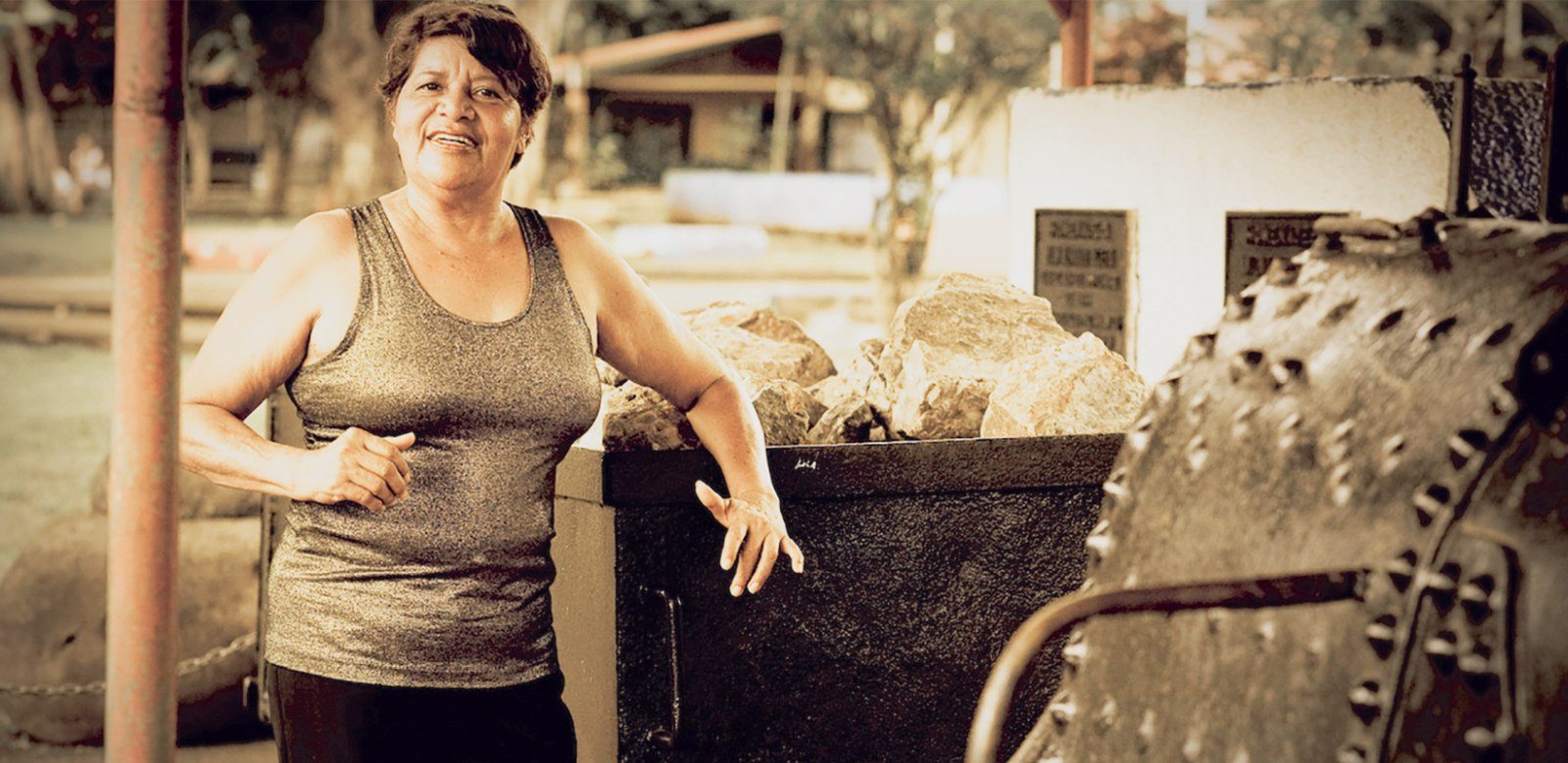
Elsa Centeno, from Abangares, has 31 song titles registered with the Association of Costa Rican Musical Composers and Authors (ACAM- Asociación de Compositores y Autores Musicales de Costa Rica).
Since she was in school, Centeno claims that she has had a creative spirit, a need to tell stories as well as to be able to transmit them in music form.
She has never played any instrument but she writes lyrics for 15 different musical genres such as cumbia, bolero, ranchera, bachata and, of course, the traditional parrandera.
“La Tulita” is one of her best known songs, although it is really called “Requiem de los Mineros” (The Miners’ Requiem) since it is a tribute to those workers.
Just a few months away from turning 70, Centeno asserts that the only thing that grows old is life, so she hopes to continue sharing her folklore.
Amalia Martínez
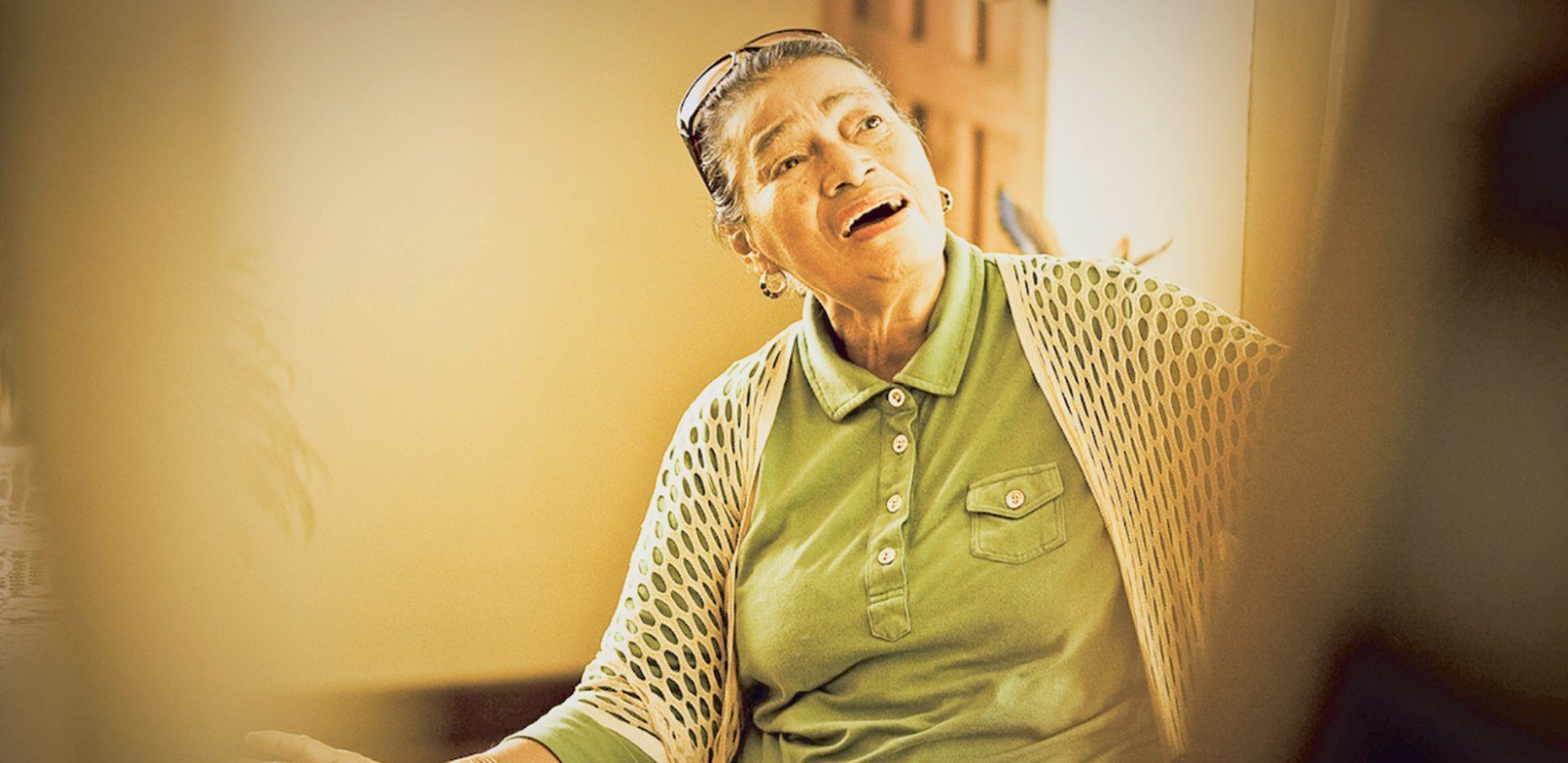
“I don’t know anything about music. What I do is start humming.” This is how Amalia Martinez explains what she has done throughout her 87 years of life to write songs and poems.
Although she was born in Liberia, Martinez is basically from Tilaran since she has been living there for more than 50 years. She was among the first women who graduated as a teacher from the Guanacaste Normal School in 1949, and in 1952, she decided to open a kindergarten in Tilaran.
While teaching children, she realized that there were not many textbooks nor children’s books with stories and songs. That was how she began to make use of her creativity.
Because of her age, her vocal cords are no longer like before— she says— but she still hasn’t lost her joy for singing, so much so that she has no problem with crooning three songs over the telephone acapella.
Pilar Rodríguez
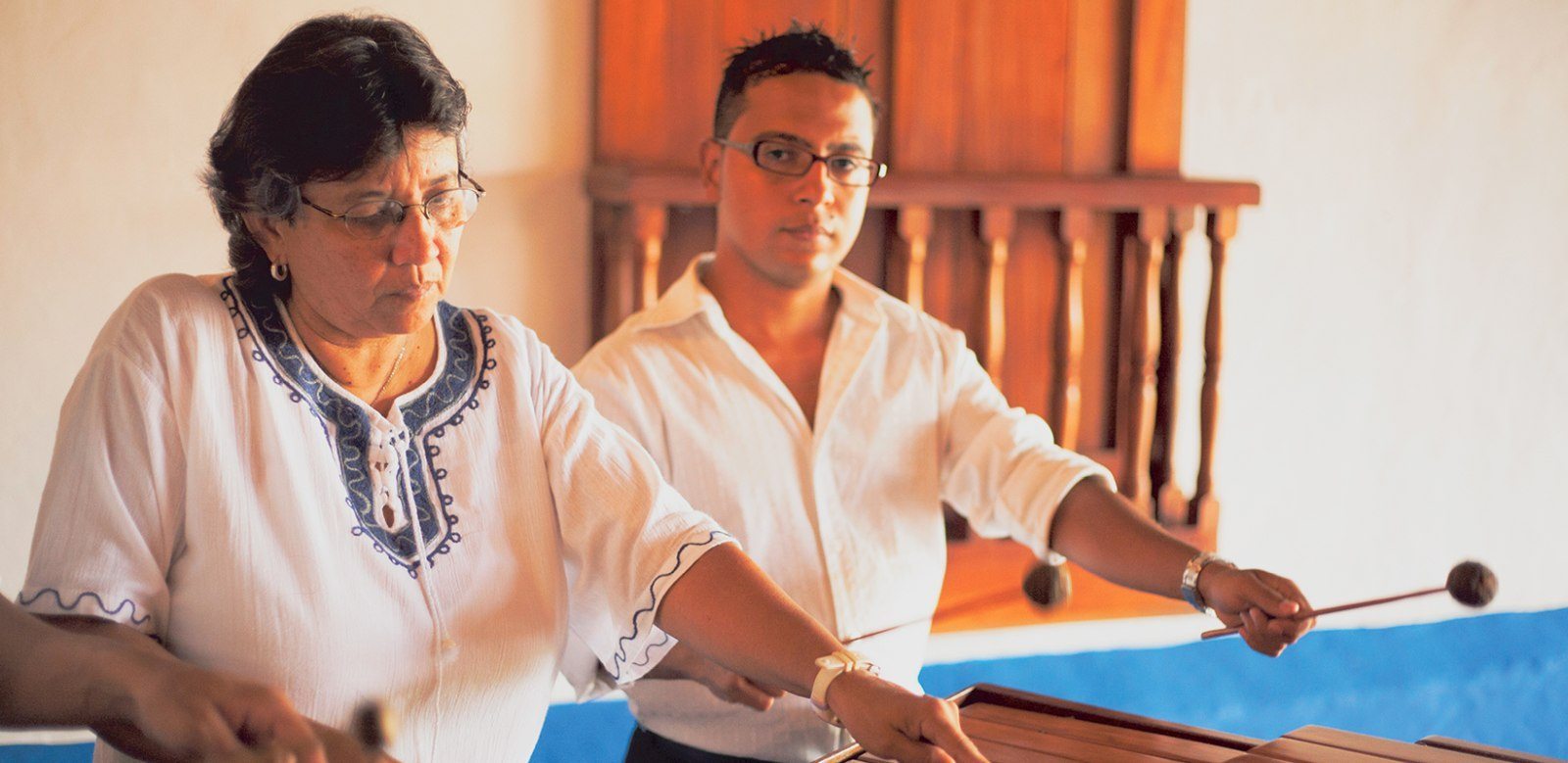
Liberian Pilar Rodriguez was not taken by surprise by the music in her life. Since she was little, she was always surrounded by a family of musicians since her dad, grandparents and uncles were part of the National Band of Guanacaste and most of them were great marimba players.
“I grew up in the time when Guanacaste fiestas were always livened up by marimbas, because there were no DJs or all of the things there are now,” Rodriguez recalls.
Her passion for music was not limited to those fiestas that she enjoyed with her family. After graduating high school, she enrolled at the National University (UNA) in Heredia to study music education. There she learned to play piano and the recorder and perfected her skills on guitar and marimba.
Although she has written many songs in her 62 years, to her, there are only two that identify her as a composer: “Añoranzas” (Longings) and “Hombre de Mi Pueblo” (Man from My Town).
In the first song, the writer discusses many of the traditions that have been lost. It was this song that led her to win first place in the Grano de Oro Festival in the year 1989. The second title was a tribute to her town, Liberia, to the parrandera rhythm.
Rodriguez prefers to be considered more as a rescuer than as a songwriter because she has dedicated her life to performing a lot of the music that was made in the province in the 1920s.
Aida Blanco
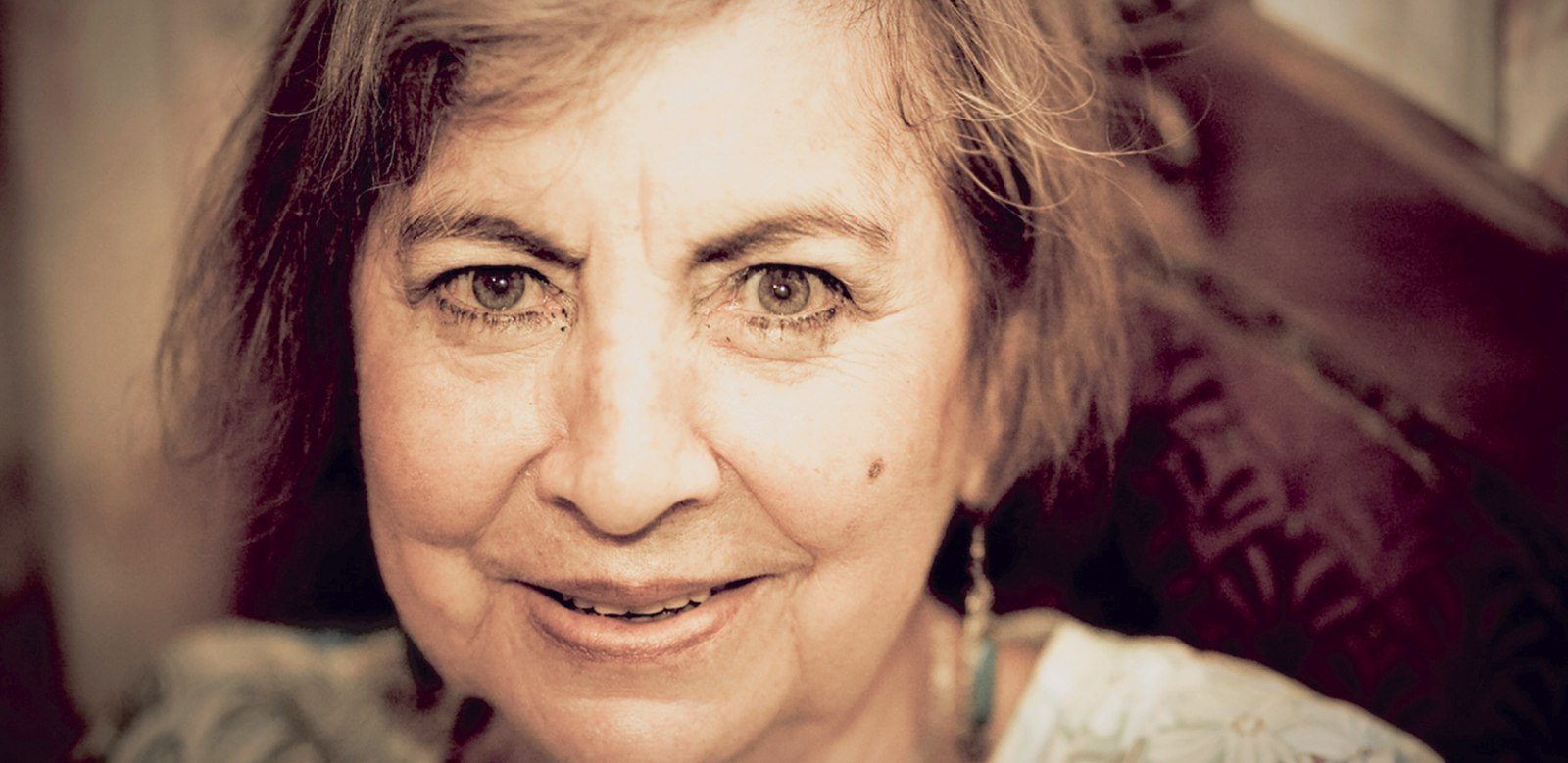
“I am 70 and a bit. I don’t count the other bit.” That is how feisty and fun Aida Blanco is, who divided her life between music and her work as a nurse.
She was born in Abangares and as much as she travels, she has not visited a place as beautiful as her own land, she says. Her canton is her muse. “Abangares,” “Nuestro Pueblo” (Our Town) and “Nuestra Gente” (Our People) are some of the lyrics that she has written thanks to inspiration from her community.
The moon in Abangares and town festivals and the wind are some of the elements that make her go get paper and a pen and start writing.
She never studied music or composition but she has always felt the need to write, since she believes that the anecdotes that she has experienced in life have to be expressed and read by others.
Routines bore her and she always needs to find humor in everything. “I like chatting,” she says between bursts of laughter. Between laughing and joking, she is also aware that machismo in the province greatly affected the participation of women in music and men are the ones who have always dominated most Guanacaste songs. Despite this and the fact that her voice begins to weaken, the songbird keeps singing.
Eyda Miranda
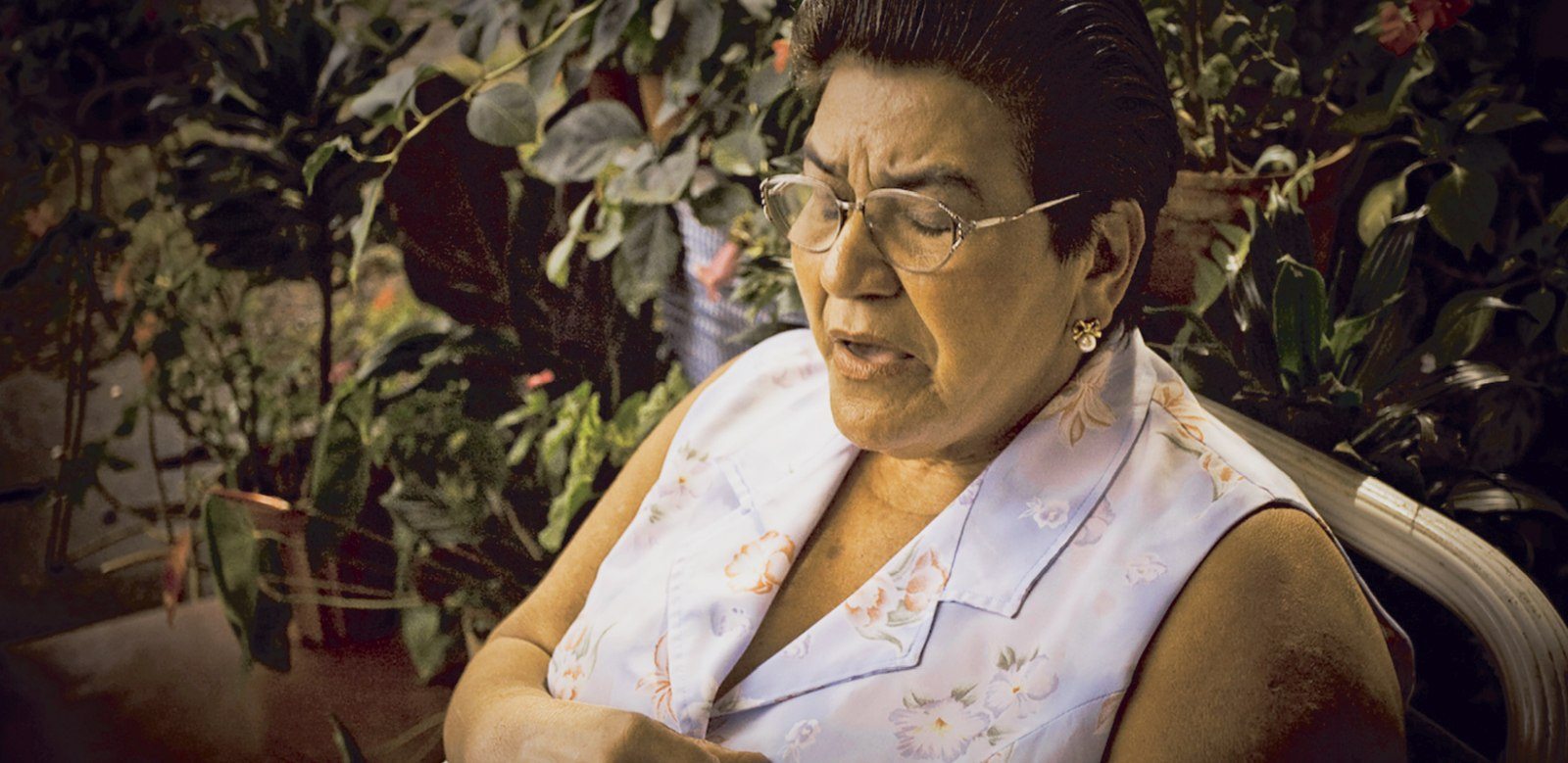
In 1975, there was not a single radio station, television channel or newspaper that did not tell about the great feat of Antonio Obando, the 15-year-old boy who saved three lives after an accident where a bus with 50 passengers ended up in the bottom of the estuary in Puntarenas. After the rescue, young “Toñito” died and his death made him a hero.
To Eyda Miranda, that story did not happen in vain. That was when she began to write verses and poetry about news that impacted her.
In her community of Rio Piedras, in Tilaran, she gets more than enough requests to write songs. One of them is the lyrics to the local school’s hymn.
Her grandchildren also ask her to help them with poems for some school presentations, but since the death of her husband, Juan Ramos, in 2014, the pain in her heart will not let her transmit her feelings, she says.
At 75 years of age, she thinks that one of her loveliest songs is “A Mi Lago” (To My Lake), which is an ode to Lake Arenal.
“To me, writing is born within me. I feel like it is like expressing a story and wanting it to stay there,” she says.
Young people with long hair and ripped pants have also caught her attention and that was how she wrote the song “Las Modas de Hoy” (Today’s Fashions).
Now she longs to be able to sing accompanied by one of her children playing guitar, but they have all left Guanacaste to go work. Her vocal cords do not tremble as she sings a few stanzas without any instrument.
Carmen Leal
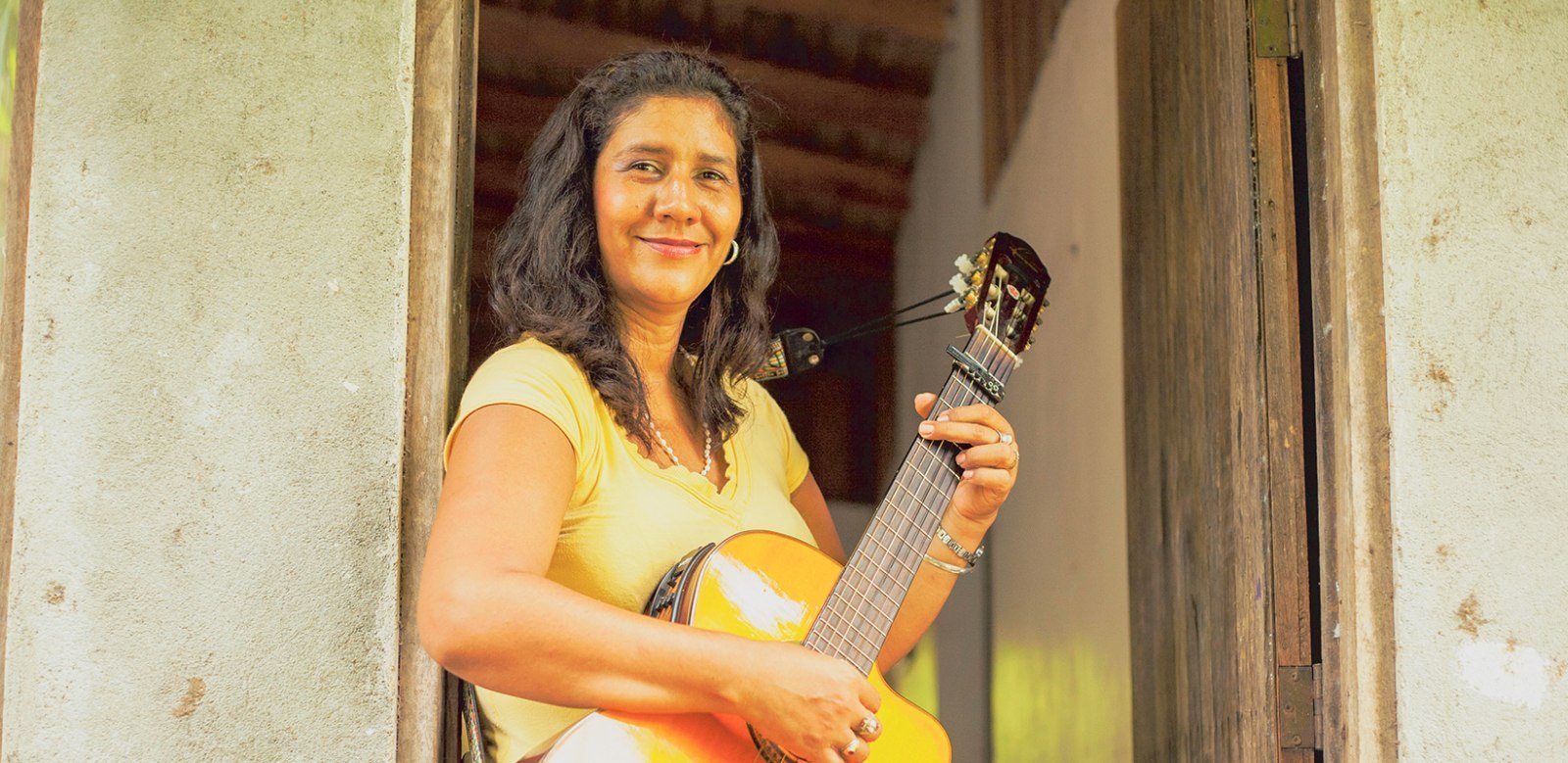
Carmen Leal always knew that she wanted to dedicate herself to music, although the idea did not make her dad happy. She started singing when she was very little. At age 9, she won the school festival at the Maria Leal de Noguera Elementary School in Santa Cruz, formerly called the Girls School. At age 16, when she started taking basic courses at the University of Costa Rica, she participated in Channel 13’s contest “Somos Como Somos” (We Are As We Are), in which she won first place for portraying the great singers of Guanacaste.
When she finished high school, she had to enroll to study teaching since her father forbid her to study music.
She continued singing and playing guitar, despite all of the warnings from her father. “The Guanacaste woman has been very inhibited in her feelings. I like to express myself,” she says now.
At 52 years old, she likes to compose music for her grandson, the children she teaches at school and her beloved Santa Cruz.
Guadalupe Urbina

Undoubtedly, Guadalupe Urbina has one of the most recognized faces in her hometown of Sardinal of Carrillo and in Guanacaste. With her music, she has crossed the country’s borders, performing in both the United States and Europe.
Both her mom and her dad sang and played music at home, so from age 17, she began writing poetry and later music.
She pursued a higher education at the National University in Heredia, where she majored in musical studies and won several student festivals.
Urbina’s repertoire may include more than 100 songs, a number that she considers “normal” for a 56-year-old who has been devoted to music.
To Urbina, Guanacaste folklore has been reduced to replicating images as if they were a postcard for tourists, without representing reality and the way of life of its inhabitants.
“Folklore in Guanacaste is dead, since young people are practically not interested, and why aren’t they interested? Because the folklore that is done has nothing to do with reality, and the art of folklore is representing a way of life and representing the people,” she says.
Among the dozens of songs written by Urbina, the singer affirms that “Vengo de una Tierra” (I Come From a Land) is one of the most liked by Guanacastecans because it tells about coming “from a burning hot land that is only for one people who know how to feel and who want to live.”


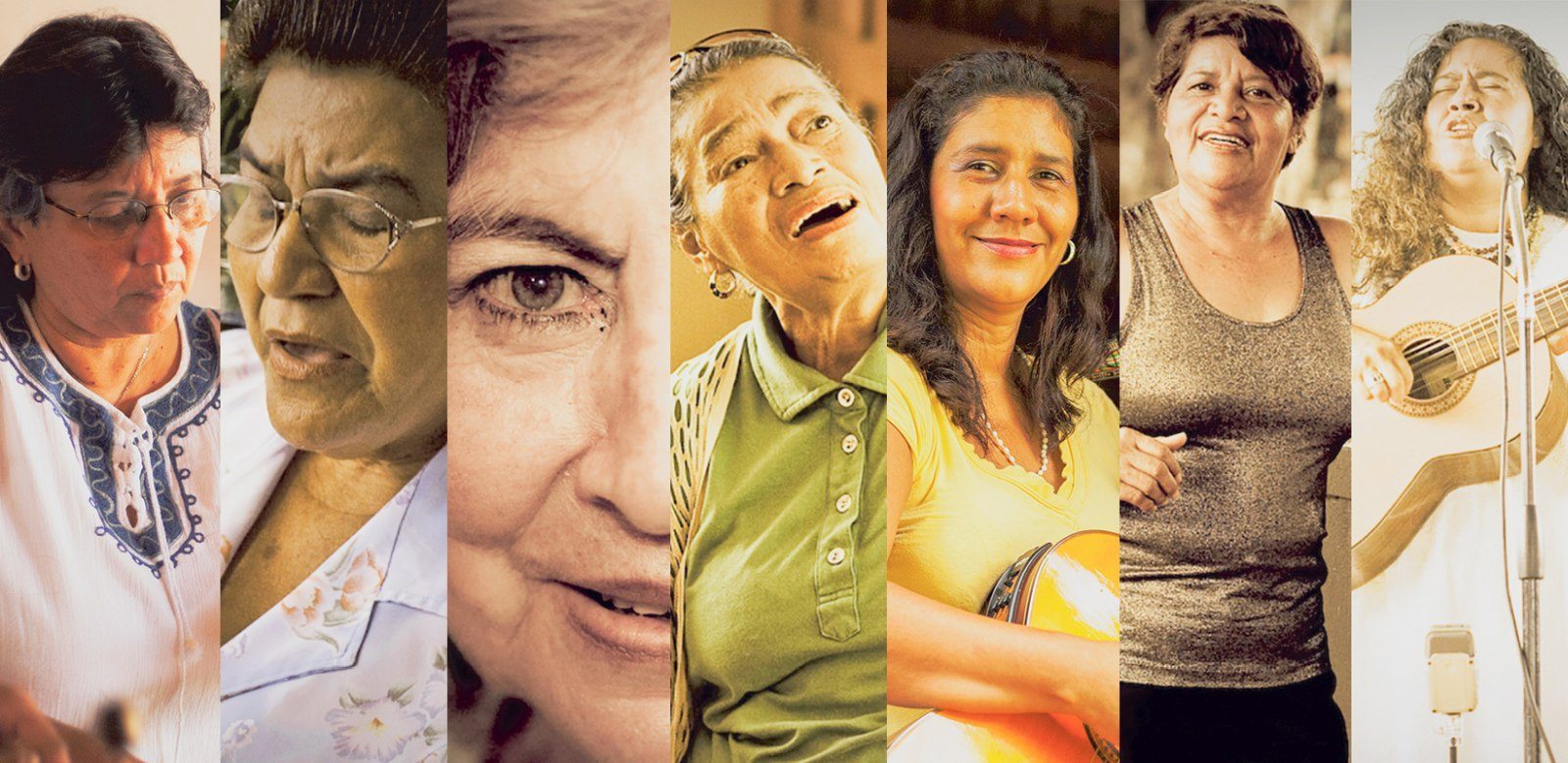




Comments